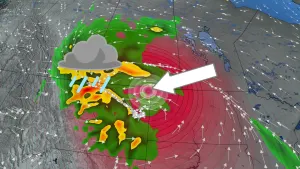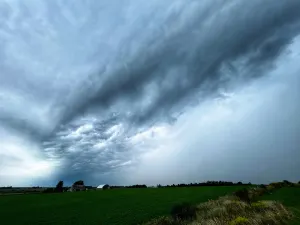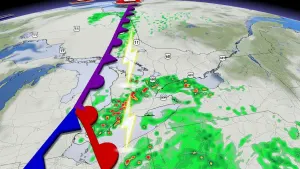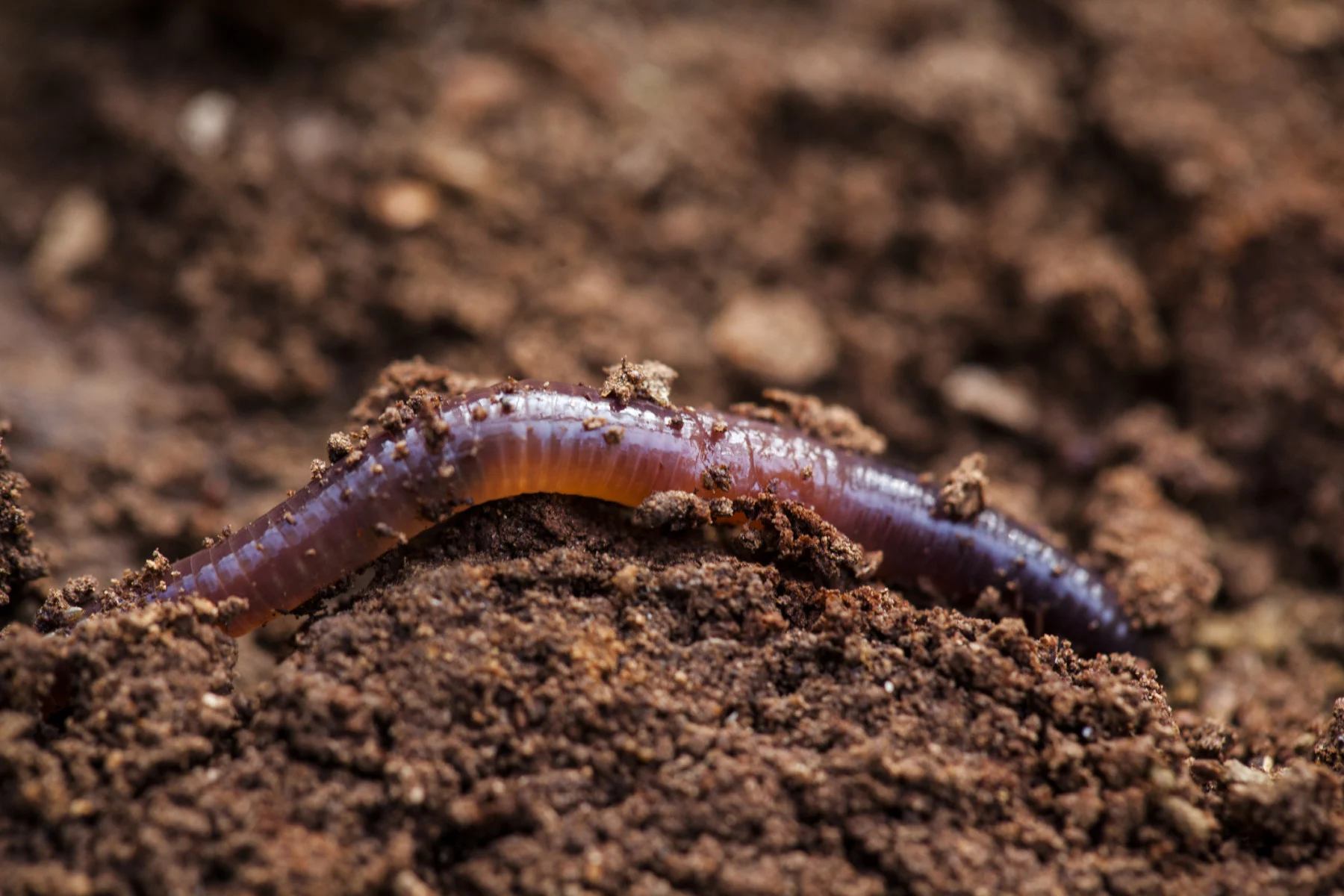
Invasive earthworms in the boreal forest could contribute to climate change
Earthworms are being spotted in places they've never been seen before and are inching closer and closer to new ground. This has caught the attention of climate scientists who say the invasive invertebrates are slowly depleting terrestrial carbon stocks in the boreal forest.
Everybody knows earthworms are good for breaking down matter in soil. We use them in farming and agriculture and we even use them in our very own gardens.
But today’s earthworms are not native to North America — they are invasive and are slowly remaking our forests, which has caught the attention of climate scientists.
“The vast majority of earthworms that we have now in North America seem to have come over from Europe, and more recently from Asia,” said Michael McTavish, a postdoctoral research fellow at the University of Toronto who is researching biological invasions. “This is an active invasion, where they're still spreading into previously earthworm-free soils.”
How can such a small organism have such a big impact? It’s the fact that earthworms have more recently been found in the boreal forest.
A study conducted by scientists at the University of Alberta and Natural Resources Canada compared earthworm-invaded and earthworm-free zones in soil types that are representative of the boreal forest. The study says that the boreal forest is the largest terrestrial reservoir of carbon on the planet, and any changes to this reservoir can have enormous implications on climate.
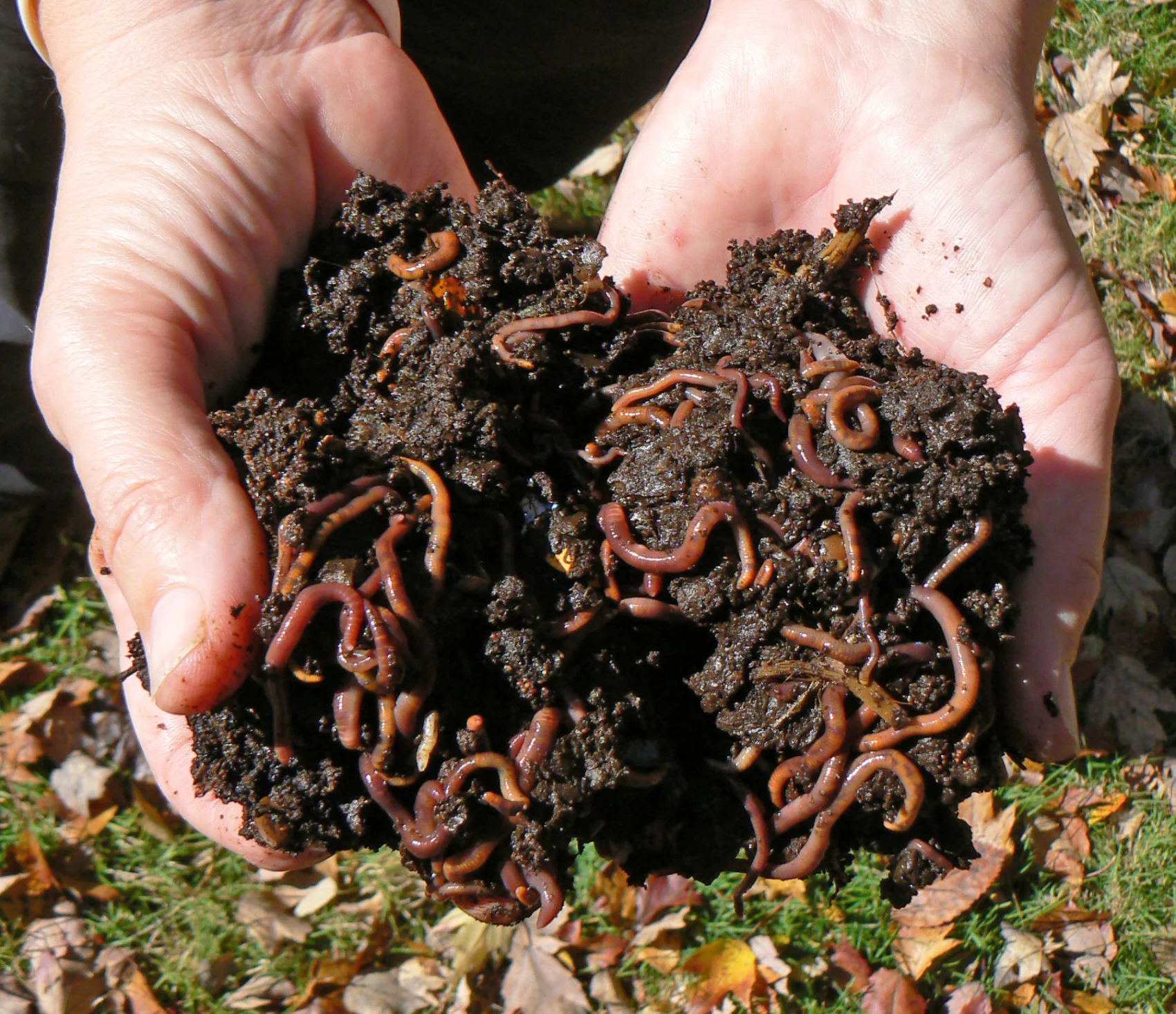
Scientists are noticing that earthworms are thriving in soils that they were never found in before. (Glenn Cantor/ Moment/ Getty Images)
Many parts of the boreal forest are too cold during the winters for earthworms to survive, but this will change as temperatures warm and more earthworms migrate into parts of Alaska, British Columbia, Alberta, and Eastern Canada.
Earthworms are contributing to climate change by physically changing their environments. In boreal forests old leaves and other fallen plant matter builds up on top of the soil and decays very slowly and is where most of the carbon in boreal forests is stored.
When earthworms move into these environments they consume this leaf litter very quickly, which changes many aspects of the soil, including the pH and nutrients in it. The soil can change so much that it can no longer support the growth of native planets, resulting in leaf litter storing significantly less carbon.
“We can see the soil of the boreal forest as a buffer for carbon sequestration. So if we lose that buffer, that means that some of the organic matter that was supposed to be stabilized in the system for a pretty long time is not going to be there. So it's going to be released into the atmosphere as carbon dioxide,” said lead author Justine Lejoly, a PHD student of soil science at the University of Alberta.
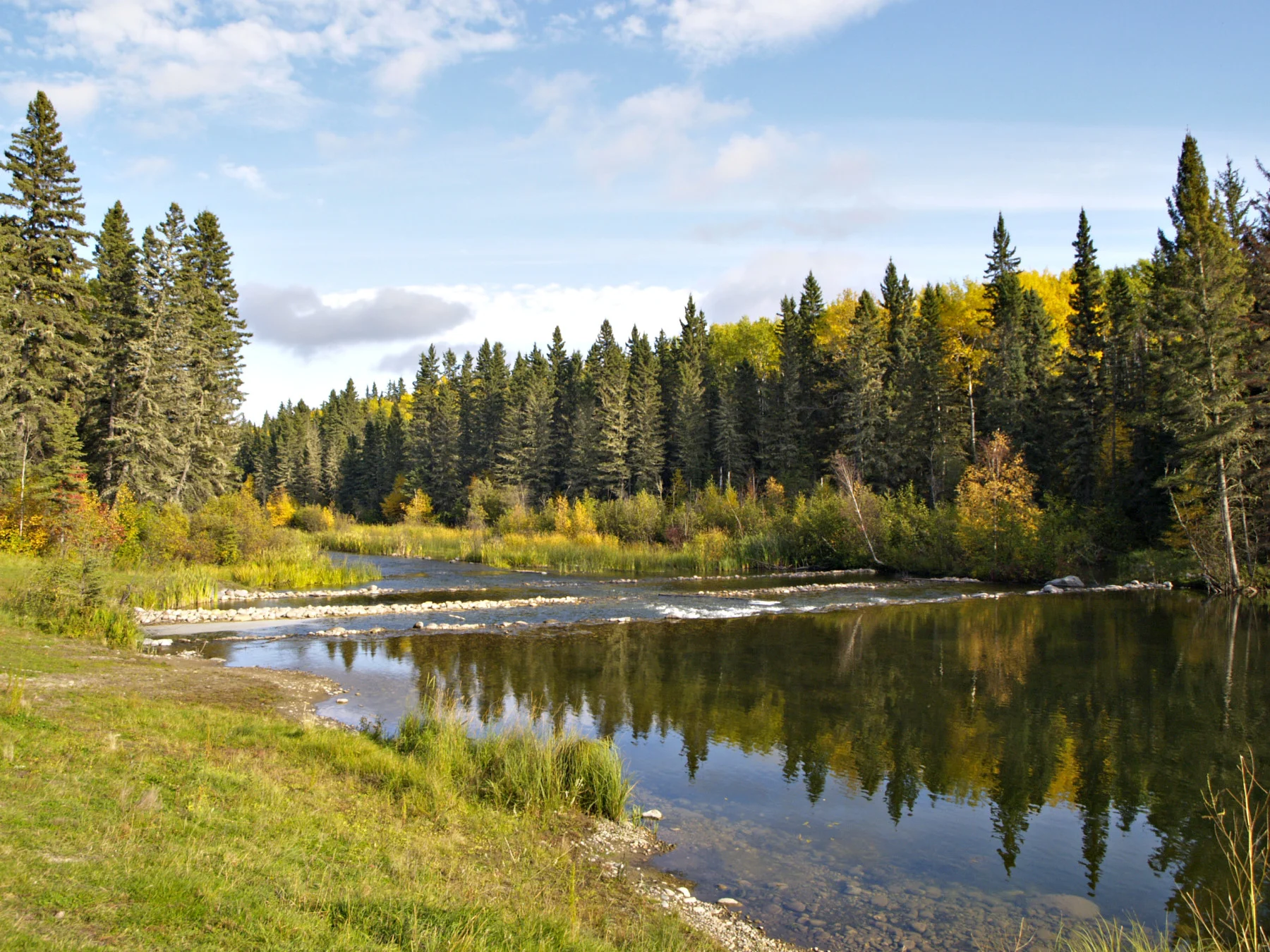
River portage in the northern boreal forest. (Dougall_Photography/ E+/ Getty Images)
How did worms get to remote locations? The answer is with the movement of humans. McTavish says earthworms can be found primarily where people live.
“When we're talking about more remote areas, one of the major sources of earthworm spread is actually the disposal of fishing bait. So worms are popular with anglers, you take some worms out, you maybe don't use all of them, you dump the spares in the woods, and that's a potential new population,” he said.
But it isn’t just the improper disposal of fishing bait that can spawn a new cluster of worms in an area. It could be as simple as transporting soil that can carry earthworms at any stage of life.
“They are hermaphroditic, for the most part,” McTavish added. “Some are actually able to reproduce without other earthworms which makes it even easier for them to produce populations from a small number of individuals.”
The study concludes that more research is needed to document the ongoing earthworm invasion and to better predict how carbon stores in the boreal forest will be affected, particularly in the context of other concurrent stressors such as increasingly frequent and severe wildfires and vegetation changes.
With files from Isabella O'Malley
Thumbnail credit: Santiago Urquijo/ Moment/ Getty Images








